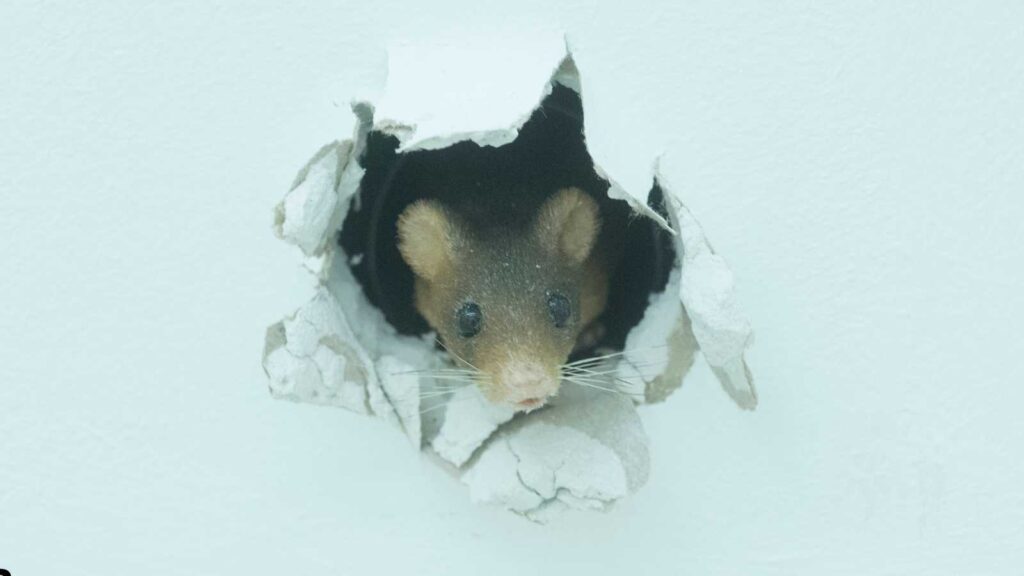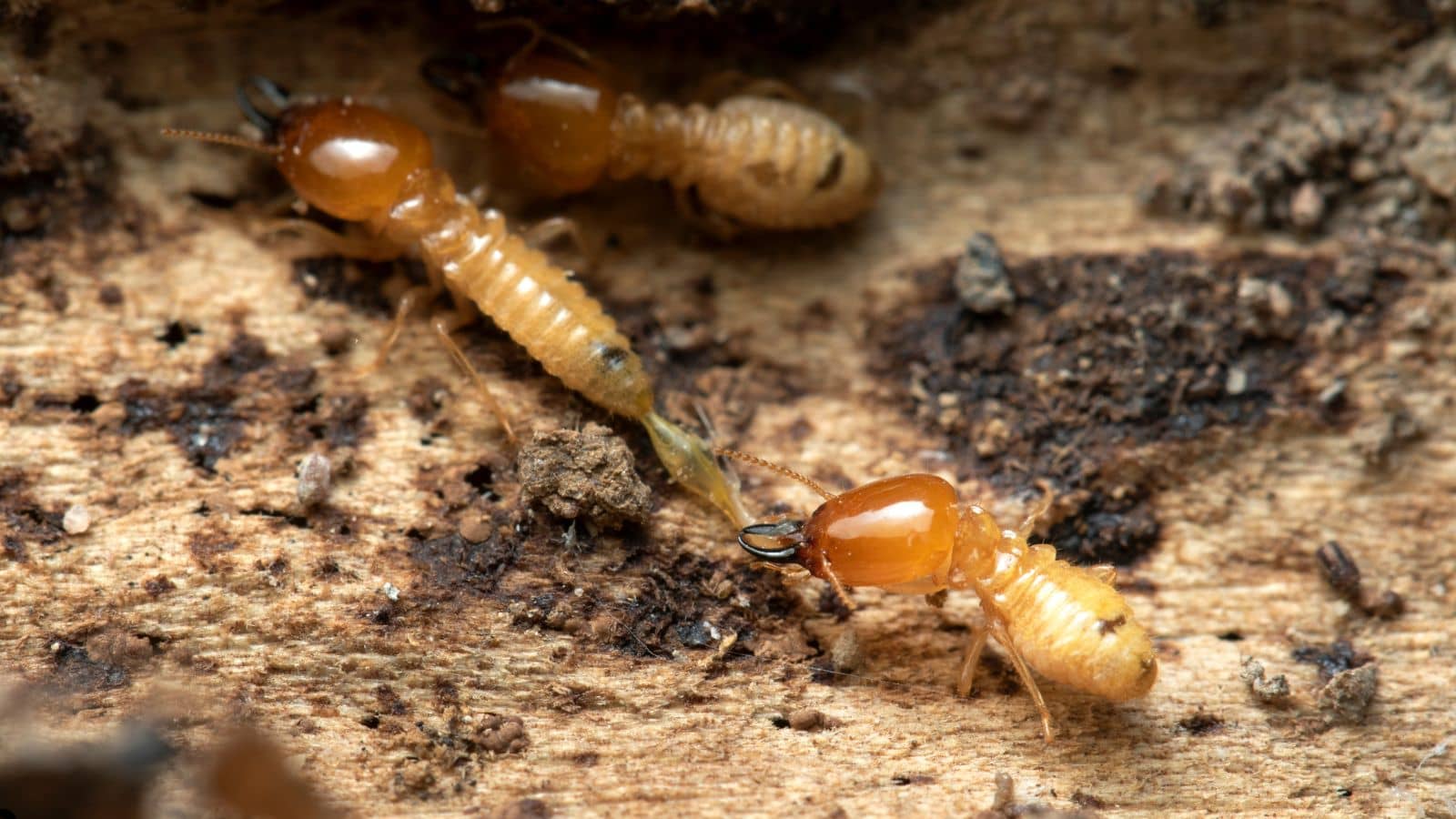A Local’s Guide to Long-Term Rodent Prevention
Mice may be small, but the damage they cause inside your home can be big—chewed wires, contaminated food, foul odors, and more. If you’ve ever heard scratching in the walls late at night or spotted a tiny dropping in your pantry, you already know the discomfort these pests bring.
In Fresno, mouse infestations are especially common due to our climate, regional agriculture, and abundance of older homes. But the good news? Mice can be stopped—if you know how and where to start.
This guide offers an in-depth look at why mice target Fresno homes and gives you a clear, actionable plan to keep them out. Whether you’re a new homeowner, a landlord, or just trying to avoid repeat infestations, here’s everything you need to know about keeping your space rodent-free—year-round.

Why Are Mice a Problem in Fresno?
Mice are survivors. They look for food, warmth, and quiet places to nest—and in Fresno, they don’t have to look far. With agriculture on one side and expanding suburbs on the other, homes in and around the city are often surrounded by natural food sources and ideal nesting spots.
Our warm, dry summers and mild winters make Fresno the perfect climate for mice to stay active all year. While rodents in colder climates slow down during the winter, mice in the Central Valley continue nesting, exploring, and multiplying—often inside homes where the conditions are safe and consistent.
Many Fresno homes also have structural features that make it easier for mice to get in. Older buildings with aging insulation, foundation gaps, and unscreened vents can unintentionally provide multiple entry points. Add to that a garage full of storage or a cluttered attic, and you’ve just given mice exactly what they need to move in—and stay.
How Do Mice Get Into Your Home?
Mice are incredibly flexible and resourceful. They can squeeze through openings as small as 1/4 inch—about the size of a pencil. Once they find a gap, they’ll chew or claw their way through insulation, wood, or even soft metal to get access to food and shelter.
Common mice entry points include:
- Gaps beneath garage doors
- Holes around pipes and utility lines
- Unsealed vents
- Cracks in siding and foundations
- Missing or damaged weatherstripping
These entry points are often overlooked, especially in parts of the home that aren’t used daily—like crawlspaces, basements, and attic access points. Unfortunately, once mice are inside, they quickly begin nesting and reproducing. And unless you take preventive measures, the cycle can continue indefinitely.
Steps to Prevent Mice from Entering Your Fresno Home
Mouse prevention isn’t just a one-time fix—it’s a strategy that combines structural care, good habits, and ongoing attention. Here’s how you can start protecting your home now, before the problem begins.
1. Seal Off Potential Entry Points
The most effective way to keep mice out is to block their access entirely. Begin with a thorough inspection of your home’s exterior. Walk the perimeter and look for any cracks, holes, or gaps along the foundation, siding, or roofline. Pay close attention to areas where plumbing and electrical lines enter the building, as these are high-risk zones for small rodents.
Garage doors are another common entry route. If there’s even a small gap at the bottom, it’s enough for a mouse to squeeze through. Installing a tight-fitting door sweep or threshold seal can eliminate that access point completely.
For any openings you find, seal them with a combination of steel wool and caulk or expandable foam. Steel wool deters mice from chewing, and the sealant keeps the entry closed for the long term. Don’t forget to check vent screens and cover any crawlspace openings with hardware cloth.
2. Minimize Food and Water Availability
Mice are driven by two main motivators: food and shelter. Eliminating one or both makes your home a lot less appealing. Start by evaluating how food is stored inside your home. Dry goods like cereal, flour, or snacks should be kept in sealed plastic or glass containers—not in the original cardboard packaging that mice can easily chew through.
Be sure to clean up crumbs and spills quickly, especially in the kitchen and dining areas. Mice are most active at night, so any leftover food or standing water left out overnight becomes an open invitation. This includes pet food and water bowls, which should be cleaned and stored after use.
In bathrooms, laundry rooms, and under sinks, look for leaks or excess moisture. Even small drips can provide enough water to attract rodents. Fixing those leaks helps not only with pest prevention but also with long-term home maintenance.
3. Declutter Storage Spaces
Mice prefer quiet, undisturbed areas to nest—attics, basements, closets, and garages are ideal hiding spots. If you haven’t checked these spaces in a while, now is the time to do a deep clean.
Start by removing cardboard boxes, which provide both food and nesting material for rodents. Replace them with sealed plastic bins that mice can’t chew through. Keep stored items off the floor and away from walls when possible to reduce the number of potential hiding places.
In the attic, inspect insulation and stored belongings for signs of shredded material or droppings. Garages are also a key risk zone in Fresno homes, particularly if they’re not insulated or regularly used. Keep pet food, birdseed, and any stored pantry goods tightly sealed and elevated.
4. Maintain the Exterior of Your Property
What’s happening outside your home affects what comes inside. Landscaping that’s overgrown or poorly maintained can offer rodents plenty of cover and easy access to the structure.
Start by trimming back bushes, trees, and shrubs at least 12–24 inches from your home’s exterior walls. This space makes it harder for mice to use foliage as a bridge to vents, gutters, or the roof. Remove any piles of leaves, compost, or debris from your yard—these are ideal nesting materials.
If you store firewood, keep it stacked off the ground and at least 20 feet away from the house. Firewood and mulch beds are common rodent harborage areas in Central California and can provide a staging ground for mice to enter your home.
When Mice Prevention Isn’t Enough

Even with the best prevention practices, mice can sometimes find their way inside. It doesn’t take much—a hole the size of a coin, a gap under the siding, or a missed garage door seal. If you’re hearing scurrying in the walls, noticing new droppings, or spotting chew marks on food packages, it’s time to move beyond prevention and into action.
Professional rodent control goes beyond setting traps. At OPP, our licensed technicians perform a full inspection to identify how mice are getting in, where they’re nesting, and what conditions are attracting them. We then provide tailored exclusion work—sealing up entry points—and, if needed, implement safe trapping or baiting strategies to eliminate the active infestation.
The most important part? Once the current issue is resolved, we help you put a long-term prevention plan in place so you don’t face the same problem again next season.
Local Insight: Why Fresno Homes Need a Seasonal Rodent Strategy
Because of Fresno’s climate and geography, rodents never really go dormant. Agricultural activity and urban expansion push rodents toward residential neighborhoods year-round, with a spike in movement during cooler months when mice seek indoor shelter.
Even newly constructed homes aren’t immune. Construction gaps, unsealed crawlspaces, and landscaping close to the foundation can still give rodents an entry point. That’s why we recommend seasonal inspections and maintenance—even if you haven’t seen any recent signs of activity.
Rodent prevention is much more cost-effective than dealing with damage caused by a long-term infestation. Chewed wires, damaged insulation, structural repairs, and sanitation cleanup can add up quickly—making prevention the smarter, safer investment.
Final Thoughts: Protecting Your Fresno Home from Mice
A mouse problem doesn’t start when you see the mouse—it starts when the conditions are right for them to enter. The best way to stay ahead is by treating your home like a fortress: well-sealed, clean, and consistently maintained.
Whether you’re dealing with a current infestation or just want to keep rodents away for good, prevention works best when it’s personalized to your property—and your local environment. That’s what we specialize in at OPP.
We’re proud to be local, and we know Fresno homes inside and out.
Schedule your free rodent inspection today and let’s build a barrier mice can’t break through.
📞 Call Now
💻 Request a Quote Online
FAQs: Preventing Mice in Fresno
Do I need professional rodent control even if I haven’t seen mice yet?
Yes. Prevention is always more effective (and affordable) than reacting to an infestation. A professional inspection can reveal risks you haven’t noticed.
What’s the most common way mice get into Fresno homes?
Gaps in garage doors, unsealed vents, and foundation cracks are the top culprits.
Are traps enough for long-term control?
No. Traps may help with individual mice, but without sealing entry points and removing attractants, more will come.





